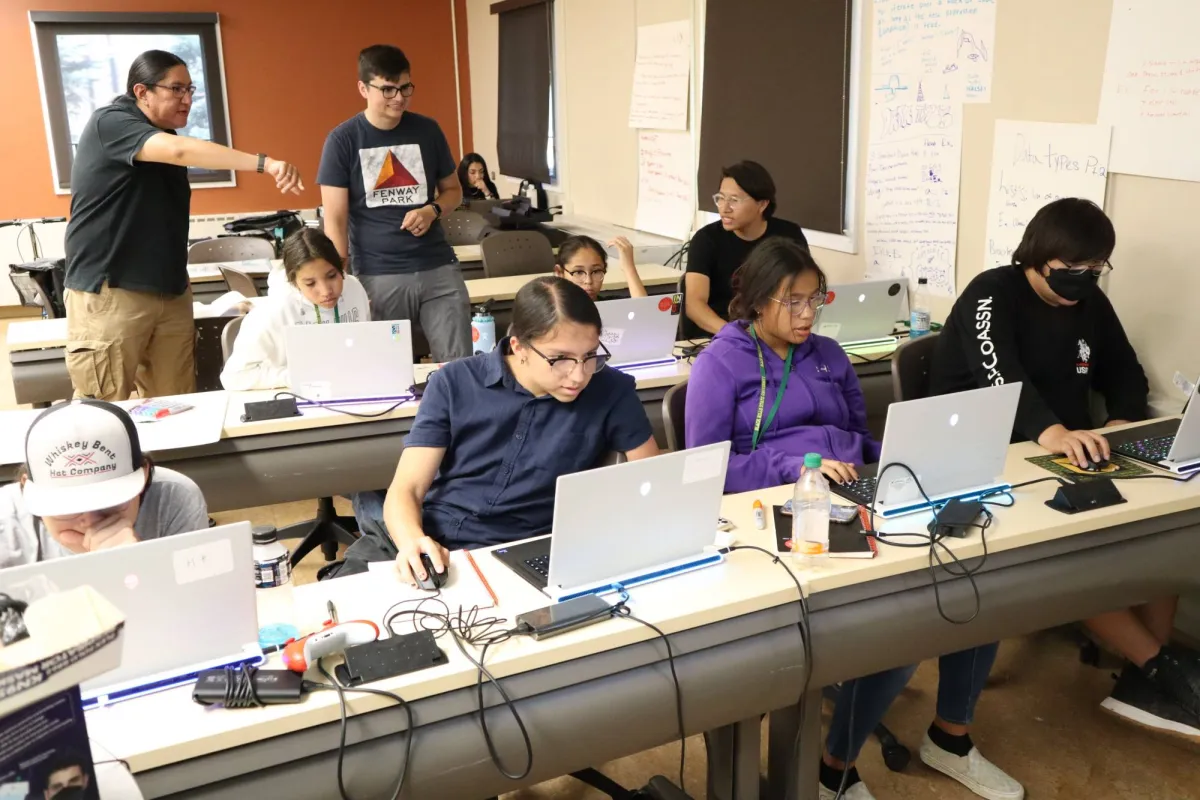Introduction to the Digital Age
During the time when algorithms accelerated and artificial language became more prevalent, a dilemma emerged: what happens to the original peoples and their cultures in the digital space? Are they on the edge of the code or at the core of the moral equation? This is not just a technical controversy, but a historical connection that raises questions about who has the right to exist in the digital world and who preserves fragile cultures.
The Marginalization of Indigenous Peoples
Large models for artificial intelligence are based on data extracted from sources that are mainly from dominant Western cultures. This makes indigenous peoples with their oral cultures and sacred symbols outside the equation. Marginalization is not just a rhetorical luxury, but a dangerous reality. Models that are not trained to understand these cultures often distort and reproduce stereotypes, surrounding symbols and myths without permission or understanding. This is known as "digital colonialism," where inheritance is not extracted by force, but by code.
Digital Threats to Cultural Heritage
There are many cases of theft or distortion of cultural heritage, where the spiritual and cultural legacy of indigenous peoples is reproduced and used in contexts that do not express their identity. This is deepened by marginalization and exclusion. The protection of indigenous data and the guarantee of their digital rights require global legal and moral efforts. The process of collecting, using, and storing cultural data must be organized in a way that respects rights and credibility.
The Paradox of Technology and Environment
Some technology companies have started building huge data centers in countries that historically belong to indigenous peoples. These countries, which have been sanctified by rituals for their symbolism, are now being cultivated with servers that eat and pulsate electricity and water. This is done in a language that the children of these countries do not understand, and the country is no longer just raped, but also stores the reasons for killing. These data centers are built without community advice, without fair compensation, and often on behalf of "development." But what development excludes people and consumes the memory of the earth?
A Glimmer of Hope
Despite the severe shadow, there is a glimmer of hope. In the states of America, young men from the Lakota tribe are learning to code and making artificial intelligence tools in their language and culture. In New Zealand, TE Hiku Media has developed a model of audio recognition in the original Maori language with an accuracy of more than 90 percent. The audio data was collected with the free and informed approval of the original speakers, retaining sovereignty over the data in their companies. This is an ideal model for what is called "indigenous digital sovereignty."
Digital Sovereignty and the Future
These initiatives represent important steps to enable indigenous peoples to protect their identity and express themselves in their own language. The concept of "digital sovereignty" enables peoples not only to participate in the development of technologies but also to remain a source of knowledge and maintain their sovereignty over their digital data and resources. Projects such as the Indigenous Initiative in Canada and Australia try to integrate the concepts of indigenous peoples into the design of algorithm models over time, group, and environment. This makes them more diverse and comprehensive, reflecting their experiences and privacy.
The Power of Artificial Intelligence
Artificial intelligence is not necessarily a threat; it is a mirror for those who hold the development wheel. If people on earth take part in programming technology, they renew not only their tools but also their own definition and restore the right to "speak in their language… also with the machine." However, if artificial intelligence continues to clone old exclusion systems, it will change from a revolution to soft colonization and from a tool to a weapon. When indigenous peoples face their data rights and determine their digital fate, a rare opportunity emerges to create a global network that preserves the legacy and restores the story of what has been cut off from history.
Conclusion
In the end, we are not only looking for "intelligent" artificial intelligence but also for moral intelligence. This realizes that knowledge not only begins in Silicon Valley but can also inspire the same shaman or a song that has been dug on a skirt. If indigenous peoples succeed in writing the code in their language, it is not only a "step" but an act of resistance and a new letter in history. In the future, the right to existence, expression, and identity will remain.

